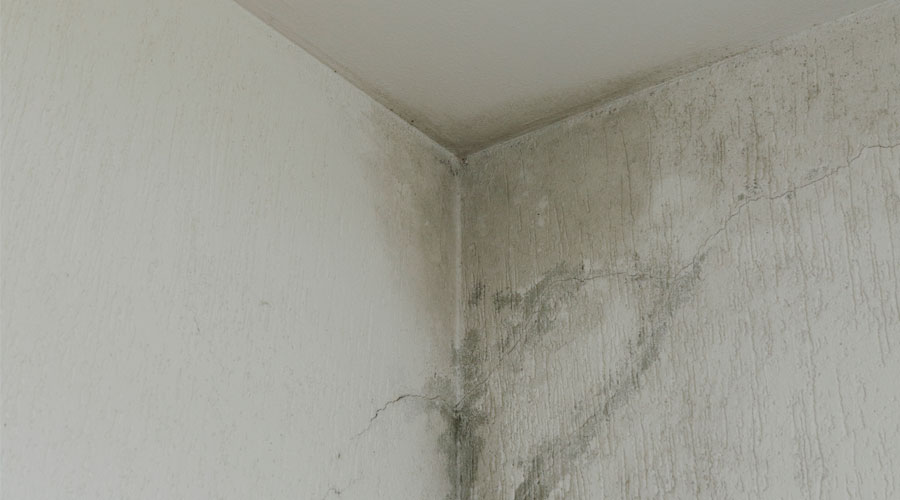Although the property damage, injuries and business interruptions directly caused by natural disasters often receive significant attention, businesses face risks even after these weather events have passed. These risks include health and safety hazards, financial losses and reputational damage. Employers should also consider the environmental effects of these events, especially since traditional insurance policies may limit or exclude related coverage.
Natural disasters can create conditions that lead to severe environmental hazards, such as:
- Mould—Water intrusions from severe weather events like floods and hurricanes can lead to mould growth in buildings. Mould exposure can cause several adverse health effects, including respiratory problems, burning eyes or rashes.
- Spills, leaks and other toxic releases—Natural disasters can damage infrastructure made from hazardous materials, producing toxic building debris. Storage containers holding harmful chemicals can also be damaged, dispersing contaminated waste products into the environment.
- Disruption of waste management systems—Waste management systems may become disrupted or overwhelmed due to the damage or additional debris natural disasters create. For example, sewer systems may not operate properly due to blockages, causing health risks.
- Fire byproducts—The fires associated with natural disasters can create poor air quality or toxic fumes.
Employers can implement the following measures to help mitigate post-natural disaster risks:
- Conduct thorough environmental risk assessments to identify potential threats and vulnerabilities, including those created by operations, building materials, chemical storage and waste.
- Establish and regularly update risk management plans that address both immediate and long-term environmental hazards.
- Build and maintain infrastructure with a focus on resilience and sustainability to withstand the impact of natural disasters and lessen potential environmental impacts.
- Prevent pollution by eliminating or reducing the use of hazardous materials, modifying pollution-creating processes, investing in sustainable technologies and improving waste management systems.
- Provide training and education to employees on proper handling, use and storage of hazardous materials.
- Stay abreast of relevant environmental regulations and laws applicable to the business and ensure compliance with them.
- Secure insurance that specifically covers exposures and potential liabilities arising from environment-harming incidents, including coverage for property damage, third-party injuries and costs to clean the area impacted by the event.
To learn more about how to protect yourself from these risks, reach out to CMB Insurance Brokers for more information. We can provide you with valuable insights and guidance: call CMB at 780.424.2727 or click here to get a quote.

